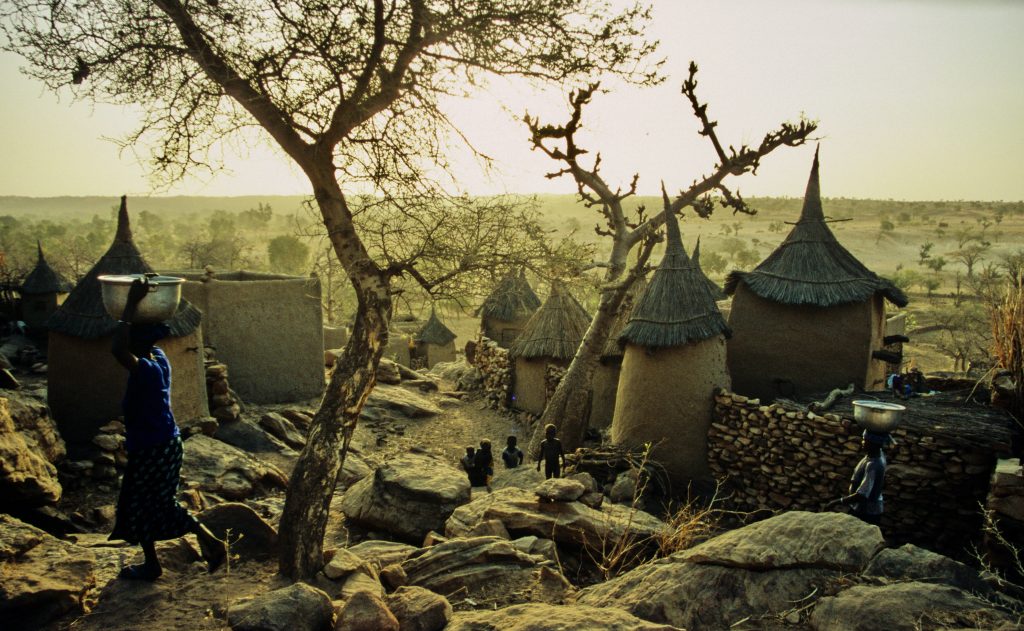
MALI
Every trip to Africa, the continent from which we all come from, is special. My most special one was a weeklong river trip in 2005 in a tiny Pinasse on the Niger from Mopti to fabled Timbuktu. From its source in the green highlands of Guinea, the Niger feeds the desertlike soils of Mali before cutting a bend and turning south to Nigeria. On our cruise my wife and me enjoyed the services of wonderful captain Mamadou and his sister Soumaila (think Poulet Yassa, Capitaine fish and handmade fries) who was usually cooking delicious Malian dishes for the market people of Mopti. We were invited by several Immah to visit their beautiful mosques, entirely made out of mud and grain, greeted oncoming river traffic, listened to the outwordly Malian music (“Wassy ye”), stepped from our Pinasse to shop in riverside markets, understood why Tuaregs are called the “Warriors of the Desert”, dreamed under the stars and camped by the river. Signs of “ Cooperation allemande” were everywhere, we were “Bienvenue” and felt safe, even while swimming in the river with hippos nearby.
While the famous libraries and great mosques of Timbuktu flourished in the 15th and 16th centuries and the Sahel was not yet an equation for poverty, Europe was still stuck in the darkness of its Middle Ages. In 2005 the libraries were still open for visitors and Timbuktu was still an accessible dream destination. Since 2013 more than 1000 German soldiers have been on the ground to help Mail to stabilise in the framework of a UN mission. Powerless, useless stuck in their camp, and disliked with once magic Mali now firmly being a no-go-area for travelers. What went so terribly wrong?
